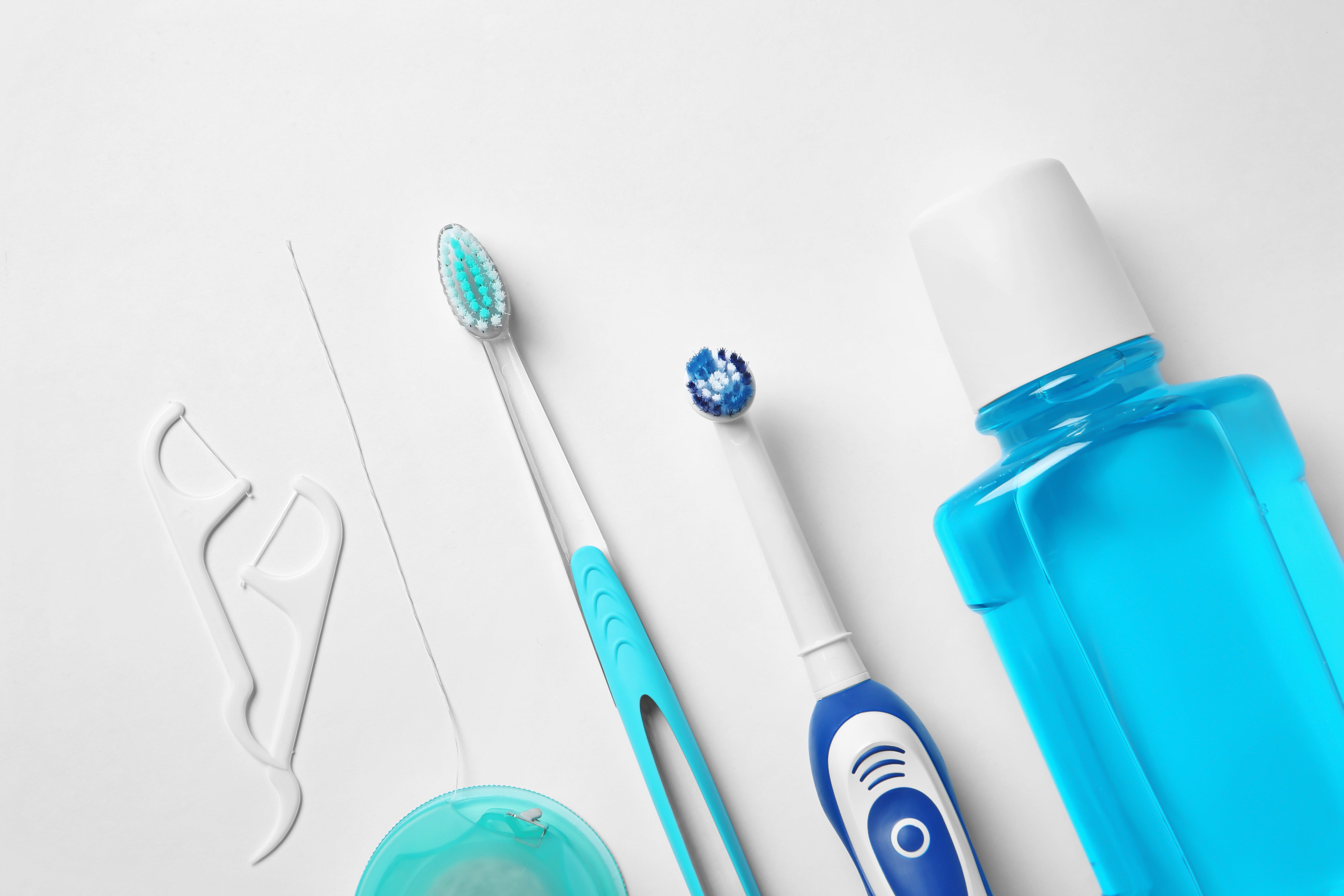By Susan Richards
This is the fourth in a five-part series about the intellectual debate in dentistry. We take a look at some long-held industry directives and see how they hold up.
Given the fact that early practitioners of dental care included blacksmiths, barbers, and monks, professional oral health advice was probably mingled with horseshoeing and mustache wax, or maybe a little mindful meditation practice – if any was given at all.
Fortunately, it was discovered at the turn of the twentieth century that bacteria caused tooth decay. Armed with this information, a dentist in Connecticut by the name of Alfred Fones trained his cousin and assistant, Irene Newman, to take over the vital preventative teeth cleaning duties. They went on to open the first school for “dental hygienists” where oral hygiene at home was also part of the curriculum.
Of particular note in light of current events, Bridgeport, CT where the program was located had the lowest mortality rate of any large city in the world during the 1918 influenza pandemic.
A Word of Advice
Thus, the advice patients received from their dentists and hygienists proved to be much more advantageous for saving their teeth from extraction than the local barber might offer. Generations of children grew up being told to brush after every meal, floss daily, and visit their dentist for regular cleanings and checkups.
However, with the ongoing advancements and research, opinions in the profession haven’t always been a consensus, even concerning the most diehard of dental directives. Let’s take a look at some areas that have seen an evolution of recommendations at the least, and sparked debate at the most.

Brush, Brush, Brush
The most important tool in fighting tooth decay has come a long way from the original twigs that served as both toothbrush and toothpick. While the sturdy and reliable manual toothbrush remains the most common choice, consumers and dentists alike have debated the superiority of the electric toothbrush since its introduction in the 1960s. In addition to the question of convenience and efficiency, dental professionals have expressed concern over the safety to teeth and gums.
The electric toothbrush has since evolved, and we now have sonic versions to choose from as well; the difference being the former has small round heads that rotate in one direction then the other, and the latter uses oval heads that vibrate quickly from side to side.
A Consumer Reports review found that powered brushes had a slight edge at plaque-cleaning and another study found they contributed to healthier gums. On the cautionary side, a 2017 study sampling several types of electric toothbrushes found long-term abrasion to the dentin which could increase cavity risk and tooth sensitivity.
The newer brushes come with lots of bells and whistles, from a 2-minute timer and technique recommendations to an option that syncs with an app on your smartphone. Because the shiny new products come with a matching price tag, powered brushes are more popular as age increases, along with income. They can be a preferable option for those with arthritis or mobility issues because the brush does all the work.
Most dentists and hygienists agree that the best toothbrush is the one their patients will use regularly.
And how regularly should that be? Most dental professionals have shifted from the thrice daily, after every meal directive, and the American Dental Association (ADA) now recommends brushing two times a day with fluoride toothpaste for two minutes. The question of before or after breakfast comes down to what’s on the menu. If patients typically have fruit or juice then they’ll want to wait until after.
Out with the Wash?
Mouthwash and oral rinses have seen their share of controversy, not to mention an identity crisis. The Federal Drug Administration ( FDA ) has classified mouthwashes as either cosmetic or therapeutic, or a combination of both, requiring dental professionals to be clear on what to recommend. Although any rinse is effective in eliminating post-brushing debris and often leaving a refreshing feeling, the oral health benefits are questionable.
Many cosmetic rinses contain high levels of alcohol that can range from 18-26%. Added whiteners and flavoring agents can also mask bad breath which could be covering up severe dental and health issues.
Therapeutic oral rinses, on the other hand, contain active ingredients to help prevent or treat some conditions. They’re regulated by the FDA and approved by the ADA. The categories – available by prescription and OTC – include anti-plaque, anti-cavity, anti-tartar, and antibacterial.
Dental experts don’t always agree on the value of mouthwash, so there are natural and herbal options that don’t contain any alcohol, dyes or preservatives. Some may include Xylitol, a natural sweetener, which has been shown to reduce the risk of tooth decay. And of course, the most natural solution is still recommended by many for rinsing; good old H2O.

To Floss or Not to Floss
It’s hard to believe that’s even a question a dentist or hygienist needs to ponder in modern times, but this most universal directive was shockingly upended in 2016. According to the Associated Press (AP), their research into 25 studies of the efficacy of flossing concluded the practice to be “weak, very unreliable” and of “very low” quality. When they presented their evidence to the US Department of Health and Human Services, the federal government quietly removed flossing from that year’s dietary guidelines.
The ADA and the American Academy of Periodontology cited their own studies, however upon further questioning the ADA shifted its flossing messaging from “prevents gum disease” to “removes plaque.” However by 1874, when the first floss patent was issued, dentists were already widely recommending the practice and the ADA has promoted its use since 1908.
Clearly, this dental directive will not be eliminated by investigative reporting. Part of the problem, according to William Kormos, MD and Editor-in-Chief at Harvard Men’s Health Watch, is that much of the flossing research is a challenge to interpret – especially with short-term studies. And because flossing is low risk and low cost, most dental professionals as well as the ADA will continue to endorse daily flossing.
Choosing Sides
The standard recommendations for preventative oral health care have (thankfully) progressed since the local blacksmith grabbed his favorite pliers, and they’re likely to continue to advance. The important part is getting the patients in the chair in order to hear the advice. Maybe a one-size-fits-all approach doesn’t work for each client or every product. Choose accordingly.
Author: Susan Richards is a staff writer at DOCS Education. With over 20 years of experience in local journalism and business marketing, Susan’s career includes award-winning feature writing, as well as creating content with context for a wide variety of industries.




